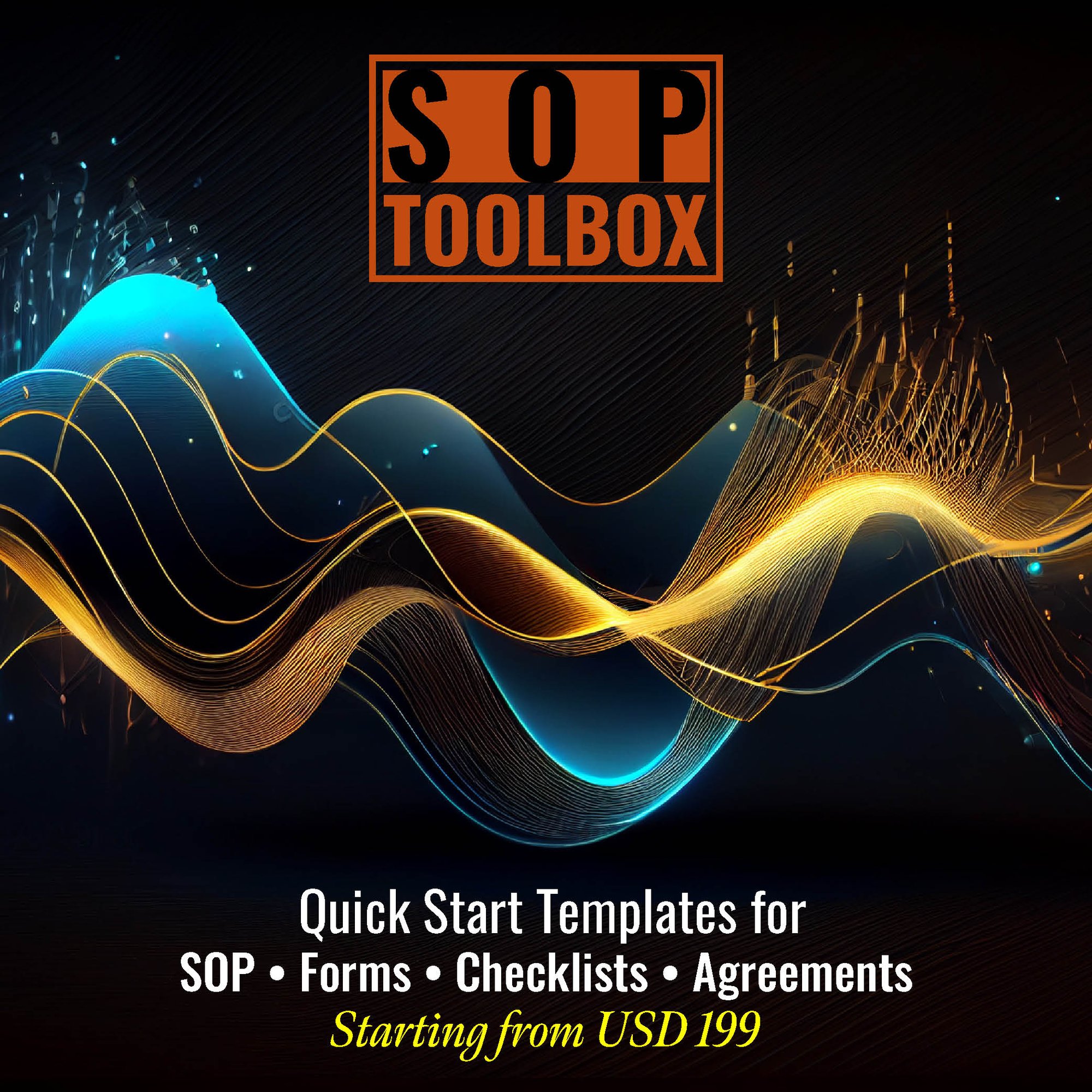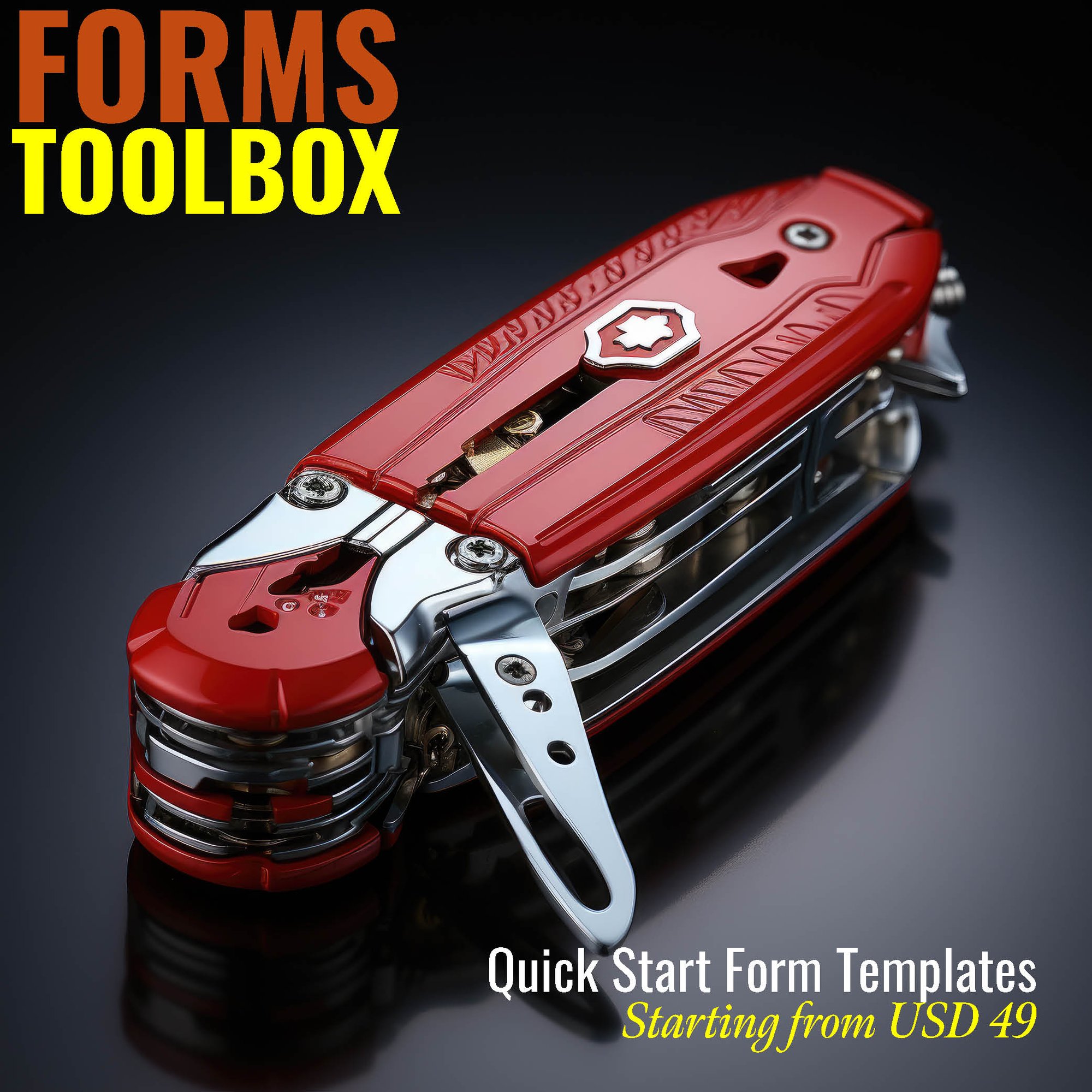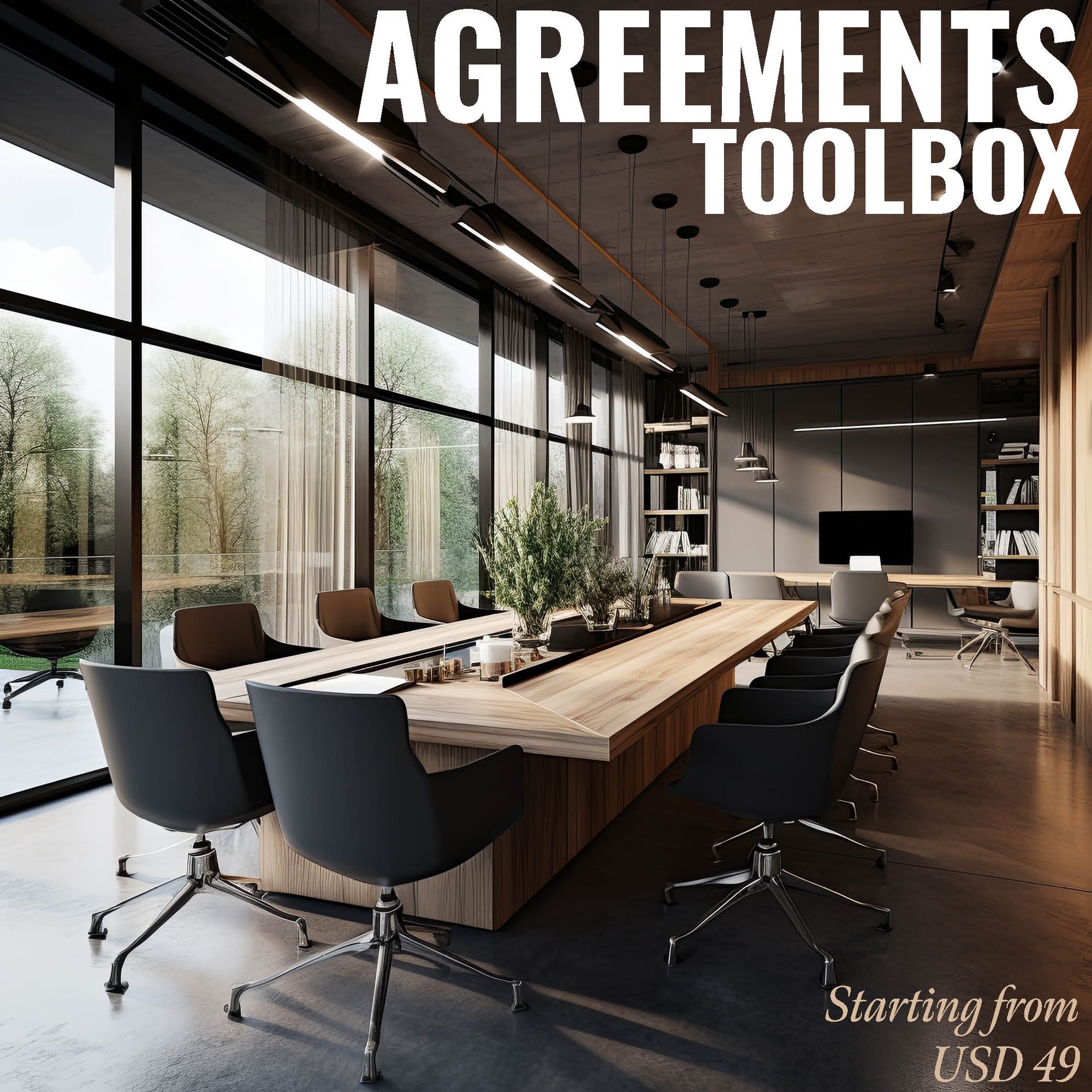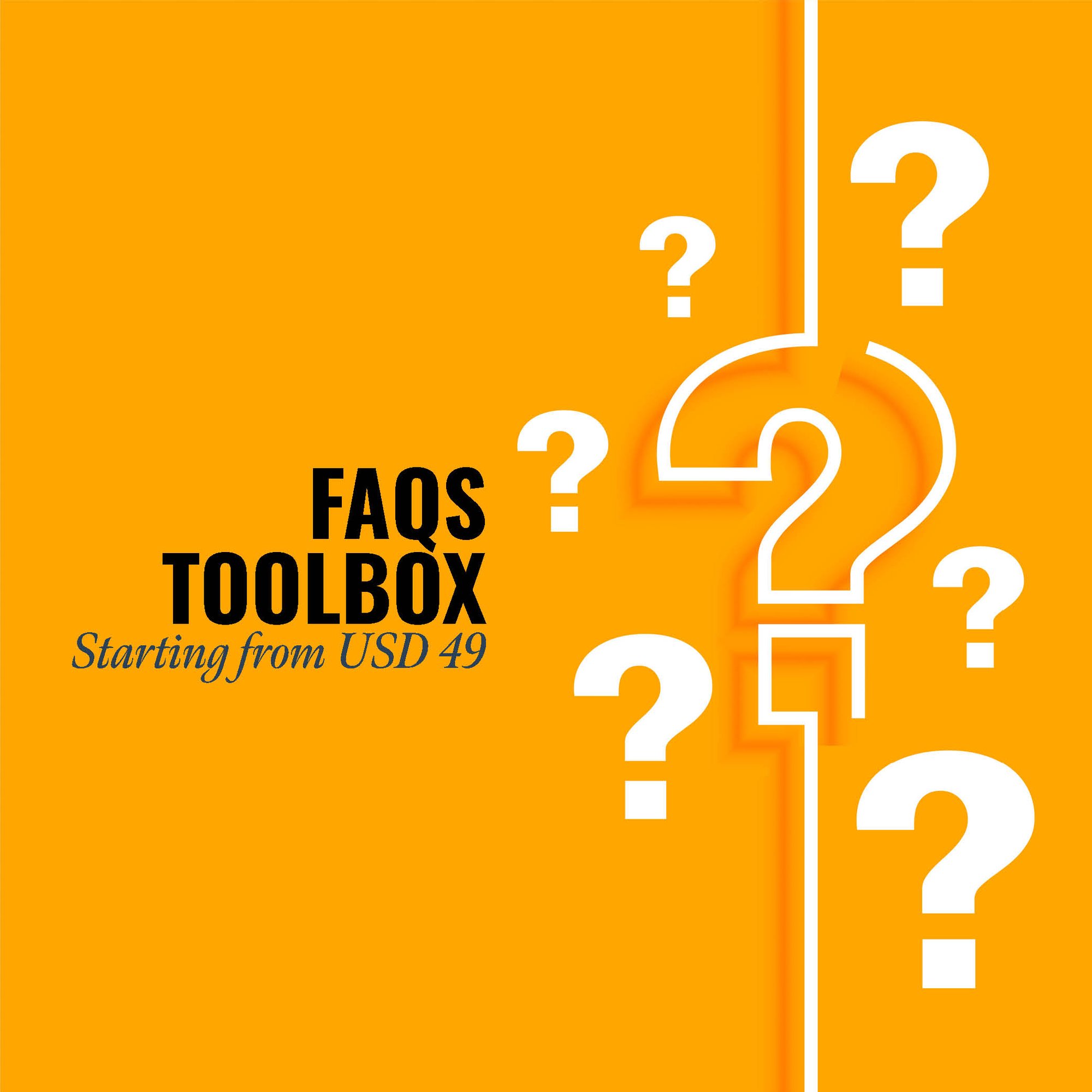The relevance of process design in helping a company rapidly adapt to dynamic conditions lies in its ability to provide flexibility, efficiency, and responsiveness. In a constantly changing business environment, well-designed processes enable organizations to quickly adjust their operations to new challenges and opportunities.
Effective process design allows companies to streamline workflows, identify bottlenecks, and optimize resource utilization. This agility is crucial in responding to shifts in market demands, technological advancements, or unforeseen disruptions. It enables a faster time-to-market for products and services, enhances customer satisfaction, and allows for better resource allocation.
Moreover, process design facilitates a proactive approach to change management. It empowers businesses to anticipate shifts in the competitive landscape and regulatory requirements, positioning them to adapt swiftly and maintain a competitive edge. In essence, the relevance of process design lies in its capacity to enable organizations to navigate and thrive in dynamic and unpredictable business environments.
CLICK HERE to download the List of SOPs Document in PDF format. Please share this document with your clients, colleagues and senior officers.
Top 50 Standard Operating Procedures (SOPs) for Process Design Helps a Company to Rapidly Adapt Dynamic Conditions
SOP-120-001: Standard Operating Procedure for Identifying Dynamic Business Conditions
SOP-120-002: Standard Operating Procedure for Conducting Process Assessments
SOP-120-003: Standard Operating Procedure for Stakeholder Engagement in Process Design
SOP-120-004: Standard Operating Procedure for Defining Process Objectives and Goals
SOP-120-005: Standard Operating Procedure for Cross-Functional Collaboration in Process Design
SOP-120-006: Standard Operating Procedure for Establishing Key Performance Indicators (KPIs)
SOP-120-007: Standard Operating Procedure for Data Collection and Analysis in Process Design
SOP-120-008: Standard Operating Procedure for Identifying Process Constraints
SOP-120-009: Standard Operating Procedure for Risk Assessment in Process Design
SOP-120-010: Standard Operating Procedure for Process Flowchart Development

SOP-120-011: Standard Operating Procedure for Selecting Process Design Tools
SOP-120-012: Standard Operating Procedure for Documenting Process Design Decisions
SOP-120-013: Standard Operating Procedure for Designing Flexibility into Processes
SOP-120-014: Standard Operating Procedure for Continuous Monitoring of External Factors
SOP-120-015: Standard Operating Procedure for Establishing Process Performance Targets
SOP-120-016: Standard Operating Procedure for Designing Scalable Processes
SOP-120-017: Standard Operating Procedure for Technology Integration in Process Design
SOP-120-018: Standard Operating Procedure for Establishing Process Ownership
SOP-120-019: Standard Operating Procedure for Collaboration with IT in Process Design
SOP-120-020: Standard Operating Procedure for Establishing Change Management Protocols
SOP-120-021: Standard Operating Procedure for Designing Agile and Adaptable Processes
SOP-120-022: Standard Operating Procedure for Process Design Documentation
SOP-120-023: Standard Operating Procedure for Establishing Process Design Standards
SOP-120-024: Standard Operating Procedure for Identifying Process Dependencies
SOP-120-025: Standard Operating Procedure for Incorporating Customer Feedback in Process Design
SOP-120-026: Standard Operating Procedure for Testing Process Design Scenarios
SOP-120-027: Standard Operating Procedure for Process Simulation and Modeling
SOP-120-028: Standard Operating Procedure for Designing Redundancies in Processes
SOP-120-029: Standard Operating Procedure for Establishing Process Governance
SOP-120-030: Standard Operating Procedure for Aligning Process Design with Strategic Goals

SOP-120-031: Standard Operating Procedure for Training Stakeholders on New Processes
SOP-120-032: Standard Operating Procedure for Establishing Process Improvement Metrics
SOP-120-033: Standard Operating Procedure for Establishing Process Design Review Protocols
SOP-120-034: Standard Operating Procedure for Benchmarking Best Practices in Process Design
SOP-120-035: Standard Operating Procedure for Designing Processes for Scalability
SOP-120-036: Standard Operating Procedure for Documenting Process Design Rationale
SOP-120-037: Standard Operating Procedure for Designing Processes for Resilience
SOP-120-038: Standard Operating Procedure for Establishing Process Communication Plans
SOP-120-039: Standard Operating Procedure for Designing Processes for Resource Efficiency
SOP-120-040: Standard Operating Procedure for Establishing Process Monitoring Systems
SOP-120-042: Standard Operating Procedure for Designing Processes for Quick Adaptation
SOP-120-043: Standard Operating Procedure for Establishing Process Design Training Programs
SOP-120-044: Standard Operating Procedure for Establishing Process Design Teams
SOP-120-045: Standard Operating Procedure for Continuous Improvement in Process Design
SOP-120-046: Standard Operating Procedure for Designing Processes for Regulatory Compliance
SOP-120-047: Standard Operating Procedure for Establishing Process Design Documentation Standards
SOP-120-048: Standard Operating Procedure for Designing Processes for Innovation
SOP-120-049: Standard Operating Procedure for Designing Processes for Customer Satisfaction
SOP-120-050: Standard Operating Procedure for Establishing Process Design Audit Protocols
SOP ToolBox: If you are reading these lines, I am sure you are looking for Standard Operating Procedure guidelines or SOPs itself. In both the cases, searching in internet will not be yielding any great help. Because no company shares their SOP Development Process and certainly don’t share their SOP Documents. The best way to develop an SOP is creating one for yourself. At Fhyzics, we write SOPs day-in and day-out for companies across the globe including some of the Fortune 500 organisations. Our charge ranges from USD 5000 to USD 50000 depending upon the number of processes to be covered. Certainly, this is not affordable to small and mid-size organisations. Hence, we decided to create this SOP ToolBox to disseminate our 8-Step SOP Development Life-Cycle and best practices at an unbelievably low price.
I always say, writing an SOP is somewhere between art and science. So far you may be clueless on where to start and how to progress on an SOP? This will not be the case after you diligently go through this SOP ToolBox. We have summarised all our secrets here to get you started and to deliver a stunning SOP to your management.
Post the process improvement initiatives of Fhyzics our client who saw a whopping sales growth from $300m to $750m saved about $3million through this effort. The 3 types of processes that now co-exist better aid the employees to work with a better frame, clarity and harmony and better sense of satisfaction and achievement.
Our SOP Templates’ clients are from the following States and Countries:
Alabama, Alaska, Arizona, Arkansas, California, Colorado, Connecticut, Delaware, Florida, Georgia, Hawaii, Idaho, Illinois, Indiana, Iowa, Kansas, Kentucky, Louisiana, Maine, Maryland, Massachusetts, Michigan, Minnesota, Mississippi, Missouri, Montana, Nebraska, Nevada, New Hampshire, New Jersey, New Mexico, New York, North Carolina, North Dakota, Ohio, Oklahoma, Oregon, Pennsylvania, Rhode Island, South Carolina, South Dakota, Tennessee, Texas, Utah, Vermont, Virginia, Washington, West Virginia, Wisconsin, Wyoming.
Afghanistan, Albania, Algeria, Andorra, Angola, Antigua and Barbuda, Argentina, Armenia, Australia, Austria, Azerbaijan, Bahamas, Bahrain, Bangladesh, Barbados, Belarus, Belgium, Belize, Benin, Bhutan, Bolivia, Bosnia and Herzegovina, Botswana, Brazil, Brunei Darussalam, Bulgaria, Burkina Faso, Burundi, Cabo Verde, Cambodia, Cameroon, Canada, Central African Republic, Chad, Chile, China, Colombia, Comoros, Congo (Republic of the), Costa Rica, Croatia, Cuba, Cyprus, Czech Republic (Czechia), Democratic People’s Republic of Korea (North Korea), Democratic Republic of the Congo, Denmark, Djibouti, Dominica, Dominican Republic, Ecuador, Egypt, El Salvador, Equatorial Guinea, Eritrea, Estonia, Eswatini, Ethiopia, Fiji, Finland, France, Gabon, Gambia, Georgia, Germany, Ghana, Greece, Grenada, Guatemala, Guinea, Guinea-Bissau, Guyana, Haiti, Honduras, Hungary, Iceland, India, Indonesia, Iran, Iraq, Ireland, Israel, Italy, Jamaica, Japan, Jordan, Kazakhstan,Kenya, Kiribati, Kuwait, Kyrgyzstan, Lao People’s Democratic Republic (Laos), Latvia, Lebanon, Lesotho, Liberia, Libya, Liechtenstein, Lithuania, Luxembourg, Madagascar, Malawi, Malaysia, Maldives, Mali, Malta, Marshall Islands, Mauritania, Mauritius, Mexico, Micronesia (Federated States of), Moldova, Monaco, Mongolia, Montenegro, Morocco, Mozambique, Myanmar (Burma), Namibia, Nauru, Nepal, Netherlands, New Zealand, Nicaragua, Niger, Nigeria, North Macedonia (formerly Macedonia), Norway, Oman, Pakistan, Palau, Panama, Papua New Guinea, Paraguay, Peru, Philippines, Poland, Portugal, Qatar, Republic of Korea (South Korea), Republic of the Congo, Romania, Russian Federation (Russia), Rwanda, Saint Kitts and Nevis, Saint Lucia, Saint Vincent and the Grenadines, Samoa, San Marino, Sao Tome and Principe, Saudi Arabia, Senegal, Serbia, Seychelles, Sierra Leone, Singapore, Slovakia, Slovenia, Solomon Islands, Somalia, South Africa, South Sudan, Spain, Sri Lanka, Sudan, Suriname, Sweden, Switzerland, Syrian Arab Republic (Syria), Tajikistan, Thailand, Timor-Leste, Togo, Tonga, Trinidad and Tobago, Tunisia, Turkey, Turkmenistan, Tuvalu, Uganda, Ukraine, United Arab Emirates, United Kingdom of Great Britain and Northern Ireland, United Republic of Tanzania, United States of America, Uruguay, Uzbekistan, Vanuatu, Venezuela, Viet Nam, Yemen, Zambia, Zimbabwe.
Fhyzics supports organisations in developing the following documentations:
Standard Operating Procedures (SOPs), Work Instructions, Policies and Procedures, Process Flow Diagrams, Job Descriptions, Training Manuals, Employee Handbooks, Compliance Guidelines, Quality Assurance Manuals, Health and Safety Procedures, Risk Management Plans, Business Continuity Plans, Internal Audit Procedures, Incident Reporting Forms, Performance Management Guidelines, Change Management Procedures, Vendor Management Guidelines, Customer Service Protocols, IT Security Policies, IT Support Documentation, Disaster Recovery Plans, Operational Checklists, Data Management Policies, Confidentiality Agreements, Non-Disclosure Agreements, Employee Onboarding Procedures, Employee Exit Procedures, Performance Appraisal Forms, Employee Code of Conduct, Conflict Resolution Procedures, Product Development SOPs, Supply Chain Management Guidelines, Procurement Guidelines, Inventory Management SOPs, Shipping and Receiving Procedures, Production Scheduling SOPs, Maintenance Procedures, Equipment Calibration Documents, Environmental Compliance Documentation, Sustainability Policies, Customer Feedback Forms, Marketing Strategies, Advertising Guidelines, Brand Management Guidelines, Product Packaging SOPs, Laboratory Testing Procedures, Regulatory Compliance Documentation, Tax and Accounting Procedures, Contract Management Procedures, Legal Compliance Guidelines, Financial Reporting Procedures, Budgeting Procedures, Internal Control Procedures, Fraud Prevention Policies, Asset Management Guidelines, Purchase Order Procedures, Sales and Distribution Guidelines, Client Contracts, Customer Return Policies, Internal Communication Protocols, Vendor Evaluation Forms, Product Safety Standards, Workplace Health and Safety Standards, Public Relations Procedures, Social Media Management Guidelines, Crisis Management Plans, Employee Grievance Procedures, Privacy and Data Protection Policies, Digital Transformation Guidelines, Innovation Management Procedures, Continuous Improvement Guidelines, Strategic Planning Documents, Corporate Social Responsibility (CSR) Guidelines, Audit Trails and Records, Employee Training and Development Records, Succession Planning Documents, Talent Acquisition Procedures, Team Collaboration Protocols, Employee Benefit Plans, Workplace Diversity Guidelines, Time and Attendance Tracking, Payroll Procedures, Employee Leave Policies, Conflict of Interest Policy, Emergency Response Procedures, Environmental Impact Assessment Procedures, Transportation and Logistics Procedures, Inventory Control Forms, Warehouse Management Guidelines, Product Lifecycle Management SOPs, Customer Satisfaction Surveys, Third-Party Risk Assessment Guidelines, Technology Adoption Policies, Software Licensing Guidelines, Security Incident Response Procedures, Supply Chain Risk Management Policies, Product Recall Procedures, Food Safety Guidelines, Employee Wellness Programs, Workplace Ergonomics Guidelines.





.jpg?width=645&height=337&name=Standard%20Operating%20Procedure%20-%20SOP%20ToolBox%20(1).jpg)











